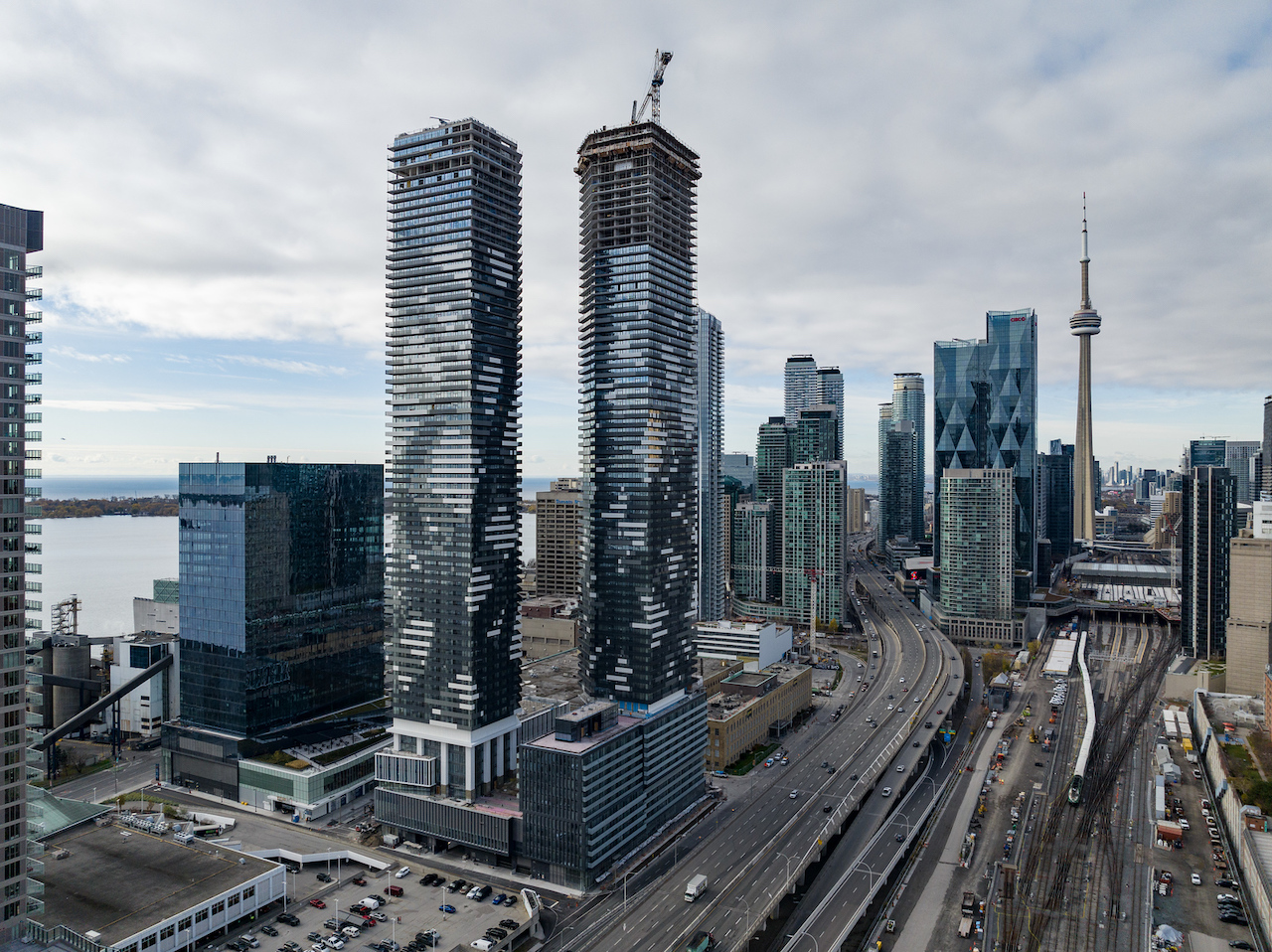Skyward Dreams: Shaping the Future of Urban Living Through Condominiums
As cities continue to grow and evolve, the way we envision urban living is undergoing a significant transformation. Condominiums are at the forefront of this change, offering innovative solutions to the challenges of modern city life. With their blend of convenience, community, and sustainability, condominiums are not just living spaces; they are a lifestyle choice that aligns with the aspirations of an increasingly urbanized population.
In the realm of real estate, condominiums represent a dynamic shift in how we perceive homeownership and community interaction. They provide an opportunity for a diverse array of residents, from young professionals to families and retirees, to coexist in vibrant urban environments. As we look towards the future, it is essential to explore how these modern dwellings are shaping the landscape of cities, influencing social dynamics, and paving the way for more sustainable living solutions.
The Rise of Urban Condominiums
As cities continue to expand and evolve, the demand for urban living spaces has surged, leading to a notable rise in condominiums. Offering a blend of luxury, convenience, and community, these high-rise buildings appeal to a diverse demographic, including young professionals, families, and retirees. The trend reflects a shift away from traditional single-family homes, as many individuals prioritize proximity to work, entertainment, and essential services in an increasingly bustling urban environment.

Condominiums provide unique advantages such as shared amenities like gyms, pools, and communal spaces, fostering a sense of community among residents. This lifestyle attracts those seeking a vibrant, social atmosphere, often appealing to first-time homebuyers who appreciate the affordability and lower maintenance responsibilities compared to standalone homes. As urban planners recognize this shift, they are integrating more vertical living options into their designs, aligning with sustainable development goals and promoting efficient land use.
Moreover, the rise of urban condominiums has been further fueled by technological advancements. Smart home features and eco-friendly building materials have become more prevalent, enhancing the appeal of these residences. The integration of technology not only improves energy efficiency but also enriches the living experience, encouraging more people to consider condominiums as an ideal choice for modern urban living. With these trends on the rise, it is clear that urban condominiums are shaping a new future for city life.
Innovative Design for Modern Living
The architectural landscape of urban condominiums is evolving to meet the needs of contemporary city dwellers. Innovative design integrates functionality and aesthetic appeal, creating spaces that maximize both comfort and utility. Sustainable materials and smart technologies are increasingly incorporated into new developments, allowing residents to enjoy a modern lifestyle while minimizing their environmental footprint. This shift reflects a growing awareness of both ecological responsibility and the importance of well-designed living spaces.
Open floor plans have become a hallmark of condominium living, promoting a sense of spaciousness and fluidity that traditional layouts often lack. These designs prioritize natural light and cross-ventilation, contributing to a healthier living environment. Enhanced amenities, such as rooftop gardens, communal workspaces, and fitness facilities, are being seamlessly integrated into the structure of the building. This trend not only fosters a sense of community among residents but also encourages a balance between work and leisure in urban settings.
The future of urban living through condominiums also embraces adaptability. Flexible spaces that can be transformed according to the needs of residents enable a dynamic lifestyle, accommodating everything from home offices to guest rooms. As cities continue to grow and evolve, the innovative design of condominiums will play a crucial role in shaping how we live, work, and interact with our surroundings. This responsiveness to urban demands ensures that condominiums remain a viable and attractive option for future generations.
Sustainability Practices in Urban Development
Sustainable urban development is essential for addressing the environmental challenges posed by increasing urbanization. Condominiums are at the forefront of this movement, incorporating eco-friendly design principles to minimize their ecological footprint. Utilizing Pinetree Hill -efficient materials and technologies, developers are crafting buildings that reduce energy consumption and lower greenhouse gas emissions. Green roofs, solar panels, and efficient HVAC systems are becoming standard features, allowing residents to enjoy modern amenities while contributing to a healthier planet.
Water conservation is another critical component of sustainability in condominium projects. Innovative systems such as rainwater harvesting and greywater recycling are being integrated into building designs, providing significant reductions in water use. Additionally, drought-resistant landscaping is becoming increasingly popular, reducing the demand for irrigation and promoting biodiversity in urban environments. By implementing these practices, condominiums not only enhance their appeal but also create resilient communities capable of thriving in the face of climate change.
Finally, the promotion of sustainable transportation options is transforming urban living. Many new condominium developments are strategically located near public transit hubs, encouraging residents to choose alternatives to individual car usage. Bicycle storage facilities and electric vehicle charging stations are also becoming common amenities, supporting eco-conscious living. As urban areas continue to evolve, these sustainability practices will play a vital role in shaping the future of condominiums, ensuring they meet the needs of residents while fostering a more sustainable urban landscape.